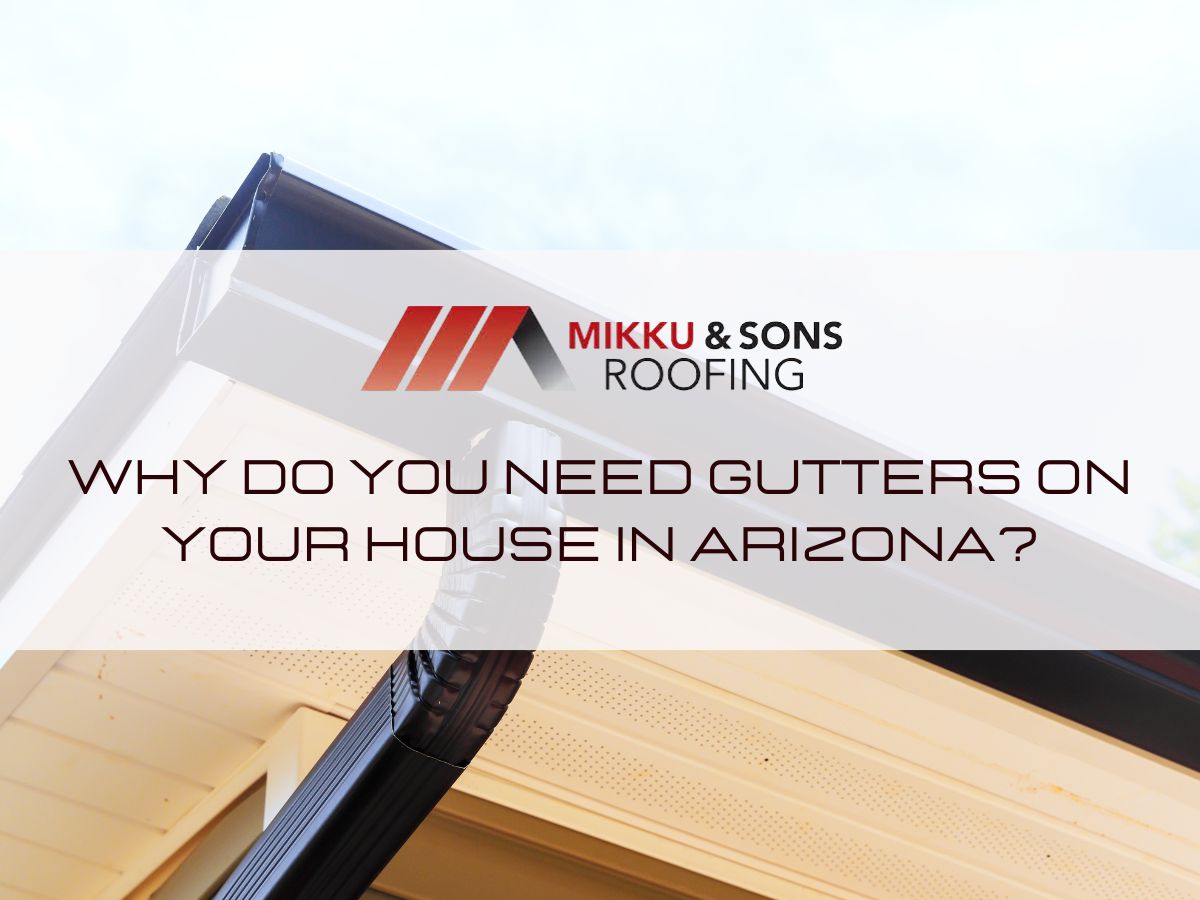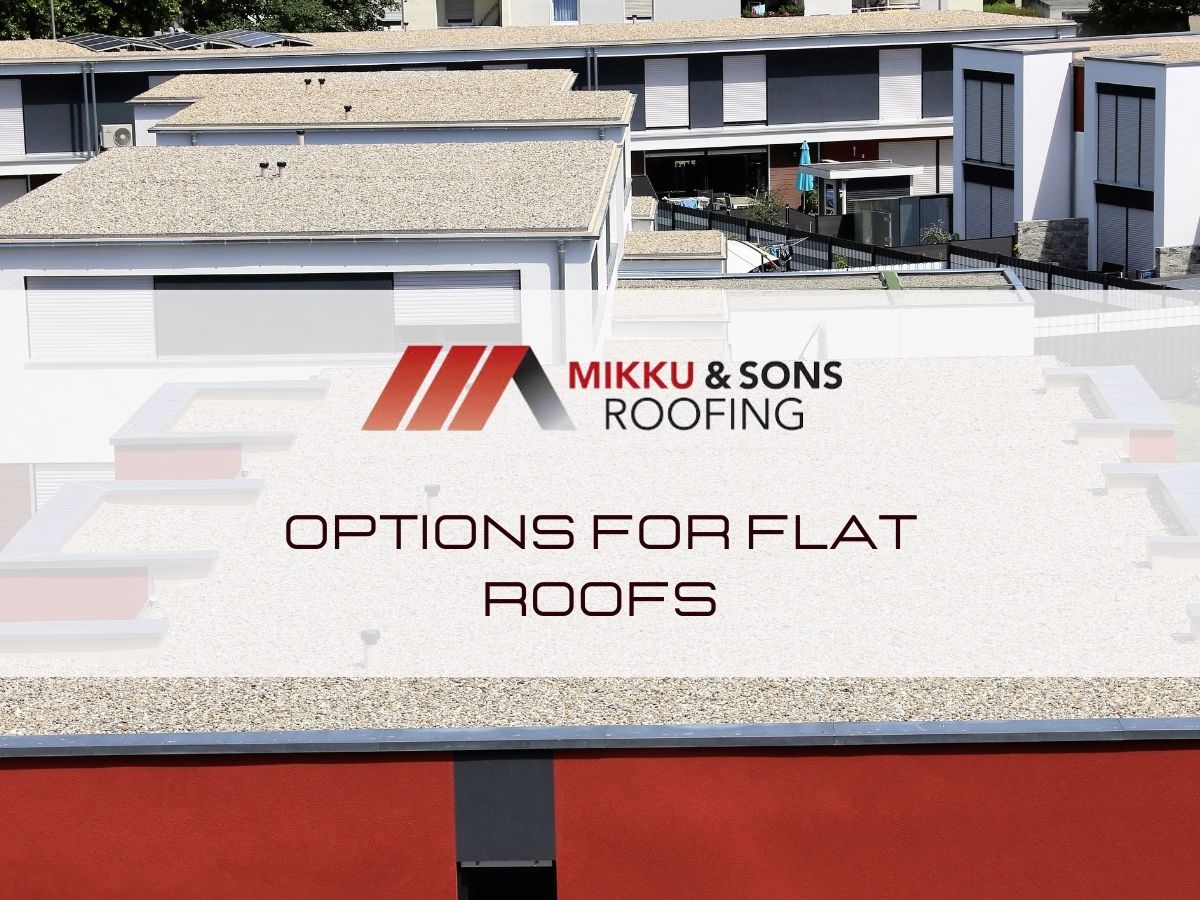

Roofing systems take abuse and have to be maintained. Pitched roofs are fundamentally built to shed water and keep snow from piling up.
As a result, sloped roofs that utilize asphalt shingles, tiles, or wood shakes are designed to work similar to fish scales – overlapping each other to shed the water and snow.
Flat surfaces require different coverings and this article will discuss three options for flat roofs.
Flat roofing systems aren’t built that way. With extremely low slopes (between 1/4″ to 1/2″ per foot, if installed the right way), flat roofs don’t shed water easily. Flat roofs are good systems if done right. They do have some common issues that can be prevented if they are installed by a good roofing company.
Flat roofing systems are built as a monolithic roof surface and will have times where water is pooling and standing. There are 3 main options for flat roofs including Built-Up Roofing (BUR), Modified Bitumen Roofing, and Membrane or ‘Single-Ply’ Roofing (such as EPDM).
EPDM is the latest flat roof technology (around 55 years) and BUR is the oldest (about 120 years). Modified Bitumen is between the others (+/- 60 years). Here are the pluses and minuses of each flat roofing system.
Built-up roofing (BUR) was the most commonly installed type of flat roof until single-ply roofing and modified Bitumen came along.
BUR uses tar and gravel for a watertight layer on top of the roof. Some of its biggest benefits include longevity, the thick coverage of the roof deck, and high resistance to damage.
It’s a costly choice for a residential property, and some of the odors that come with tar and gravel can be bothersome. Here are some additional pluses and minuses of built-up roofing:
Pluses
Minuses
It didn’t take long for the public to move away from the mess, heat, and odors of installing a BUR roof. But, for a long time, it was the only option. In the early 1960s, a new technology was developed – modified bitumen roofing (MBR).
It leveraged the proven performance of BUR and added roof wear layers or cap sheets that were polymer reinforced for strength and durability.
Pluses
Minuses
There are a few types of rubber/polymer membrane roofing systems – PVC, Neoprene, EPDM and several others. EPDM (Ethylene Propylene Diene Monomer) is used the most, especially for residential projects.
EPDM is constructed of recycled rubber materials, making it environmentally friendly. It helps to insulate your roof and attic.
In addition to covering your roof, it will bring down utility costs and make it economically viable as well. It comes in a large variety of textures and colors.
Pluses
Minuses
Remember to maintain your flat roofs, repair them if it needs repairs, and get them inspected every 5 years or so!
